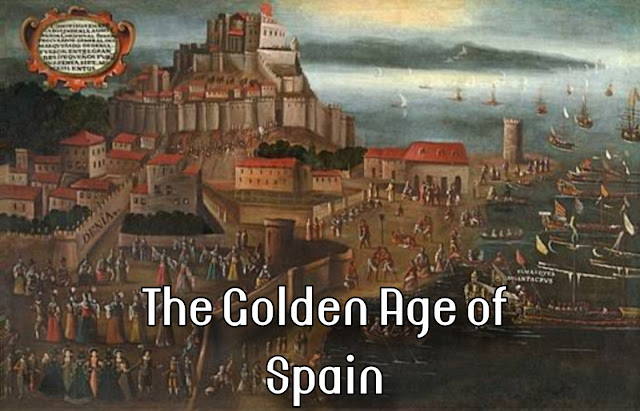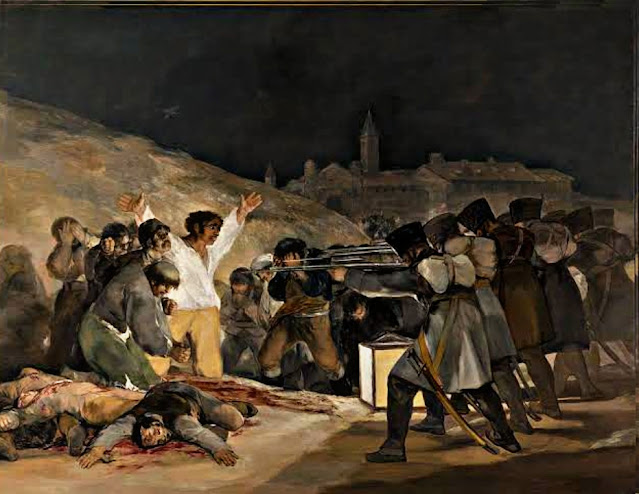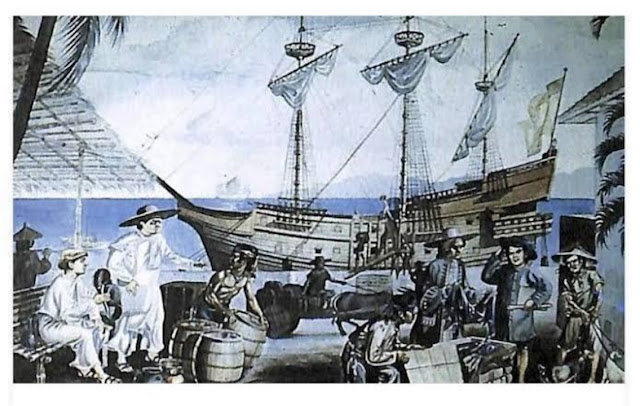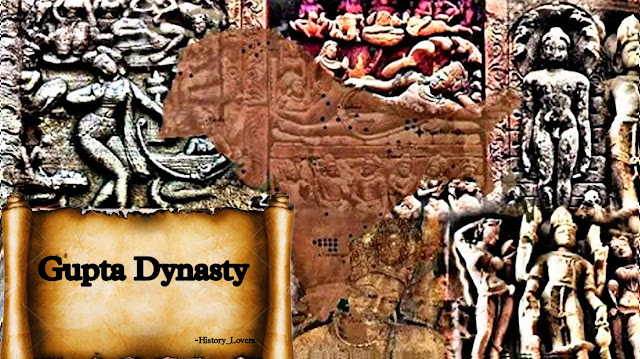THE GOLDEN AGE OF SPAIN
The Golden Age of Spain: A Tapestry of Art, Culture, History, and Economy
 |
| The Golden Age of Spain |
Introduction:
Previously, we explored about how Moorish culture influenced spain. In this article we'll explore the things about art, culture,history and economy of spain in Golden Age. The Golden Age of Spain, spanning roughly from the late 15th to the 17th centuries, was a period of unparalleled prosperity and cultural brilliance. This era saw the confluence of art, culture, history, and economy, creating a tapestry that continues to captivate historians and enthusiasts alike.
Art:
 |
| Francisco Goya, Greco, Diego Velázquez arts |
Spanish art during the Golden Age reached unprecedented heights, with luminaries like El Greco, Diego Velázquez, and Francisco Goya leaving an indelible mark. El Greco's unique style, marked by elongated forms and vibrant colors, showcased the synthesis of Byzantine and Western influences, creating masterpieces like "The Burial of the Count of Orgaz."
Velázquez, court painter to Philip IV, became synonymous with the Baroque period. His iconic works, including "Las Meninas," exemplify his mastery of light and shadow, offering a glimpse into the opulence of the Spanish court. Goya, later in the 18th century, transitioned from the courtly style to a more personal and introspective approach, as seen in his haunting "The Third of May 1808."
 |
| "The Third of May 1808" Art |
Culture:
The Golden Age of Spain was a melting pot of cultures, shaped by the fusion of Moorish, Jewish, and Christian influences. This rich cultural amalgamation gave rise to a flourishing literary scene, with Miguel de Cervantes's "Don Quixote" standing as a pinnacle of Spanish literature. The novel not only satirized the chivalric romance genre but also reflected the societal changes and complexities of the time.
 |
| Spain culture in Golden Age |
Spanish theater experienced a golden era with the works of playwrights like Lope de Vega and Pedro Calderón de la Barca. Lope de Vega, in particular, was a prolific writer, contributing to both drama and poetry. His plays, such as "Fuenteovejuna," showcased the vibrancy and diversity of Spanish theater during this period.
History:
The Golden Age of Spain coincided with the height of the Spanish Empire's global influence. The discovery of the Americas by Christopher Columbus in 1492 marked the beginning of Spain's vast overseas territories. The influx of wealth from the New World contributed significantly to the economic prosperity of Spain, funding ambitious architectural projects and artistic endeavors.
 |
| Christopher Columbus |
However, the period was not without its challenges. Spain faced political and religious strife, including the Inquisition and conflicts such as the Thirty Years' War. Despite these challenges, the resilience of the Spanish people and the strength of their institutions played a crucial role in shaping the nation's destiny. If so, we'll write another article about the travelling of Christopher Columbus. In that article we'll explain briefly about it.
Economy:
Economically, the Golden Age of Spain witnessed a boom, largely fueled by the influx of precious metals from the Americas. The vast wealth acquired through trade and colonial endeavors allowed for significant investments in infrastructure, architecture, and the arts. Seville, with its strategic location as a gateway to the Americas, became a bustling economic hub, reflecting the prosperity of the era.
 |
| Manila-Acapulco Galleon Trade |
The establishment of a global trade network, known as the Manila-Acapulco Galleon Trade, facilitated the exchange of goods between the Spanish Philippines and New Spain (Mexico), further enhancing Spain's economic dominance. However, this economic prosperity was not sustainable, and Spain faced challenges in managing its wealth effectively, leading to economic decline in subsequent centuries.
Conclusion:
The Golden Age of Spain remains a fascinating chapter in history, where art, culture, history, and economy converged to create a legacy that endures today. From the brushstrokes of El Greco to the literary brilliance of Cervantes, this period continues to inspire and captivate those who delve into its complexities. While Spain's economic fortunes waned in the centuries that followed, the cultural and artistic contributions of the Golden Age have left an indelible imprint on the global stage, ensuring its enduring relevance in the annals of history. Even if we wrote two article we still have more topics that we have to discuss about spain history, some key points we highlighted in this article like the journey of Christopher Columbus, Manila-Acapulco Galleon Trade deserves their own articles. Especially the journey of Christopher Columbus is very interesting to read, We'll explore it soon.
Thank you for reading. ❤


